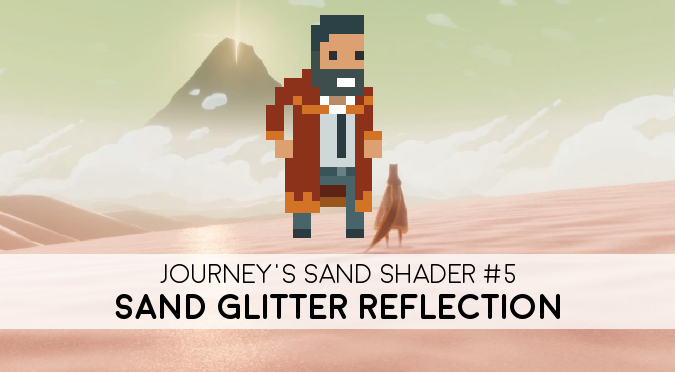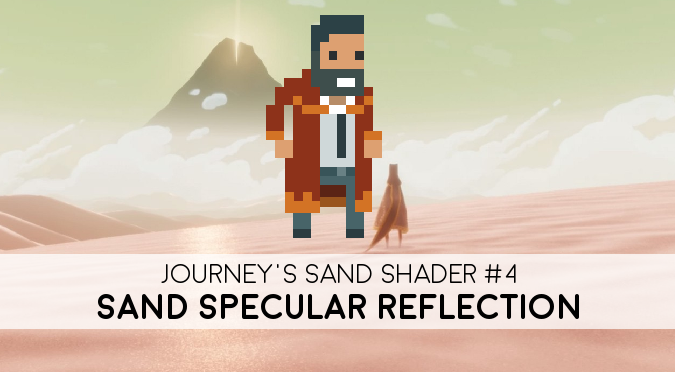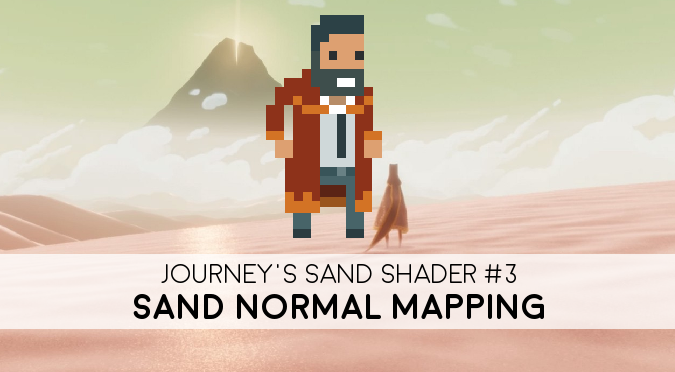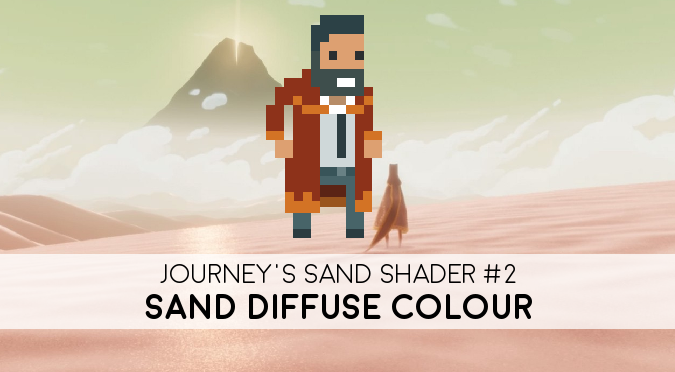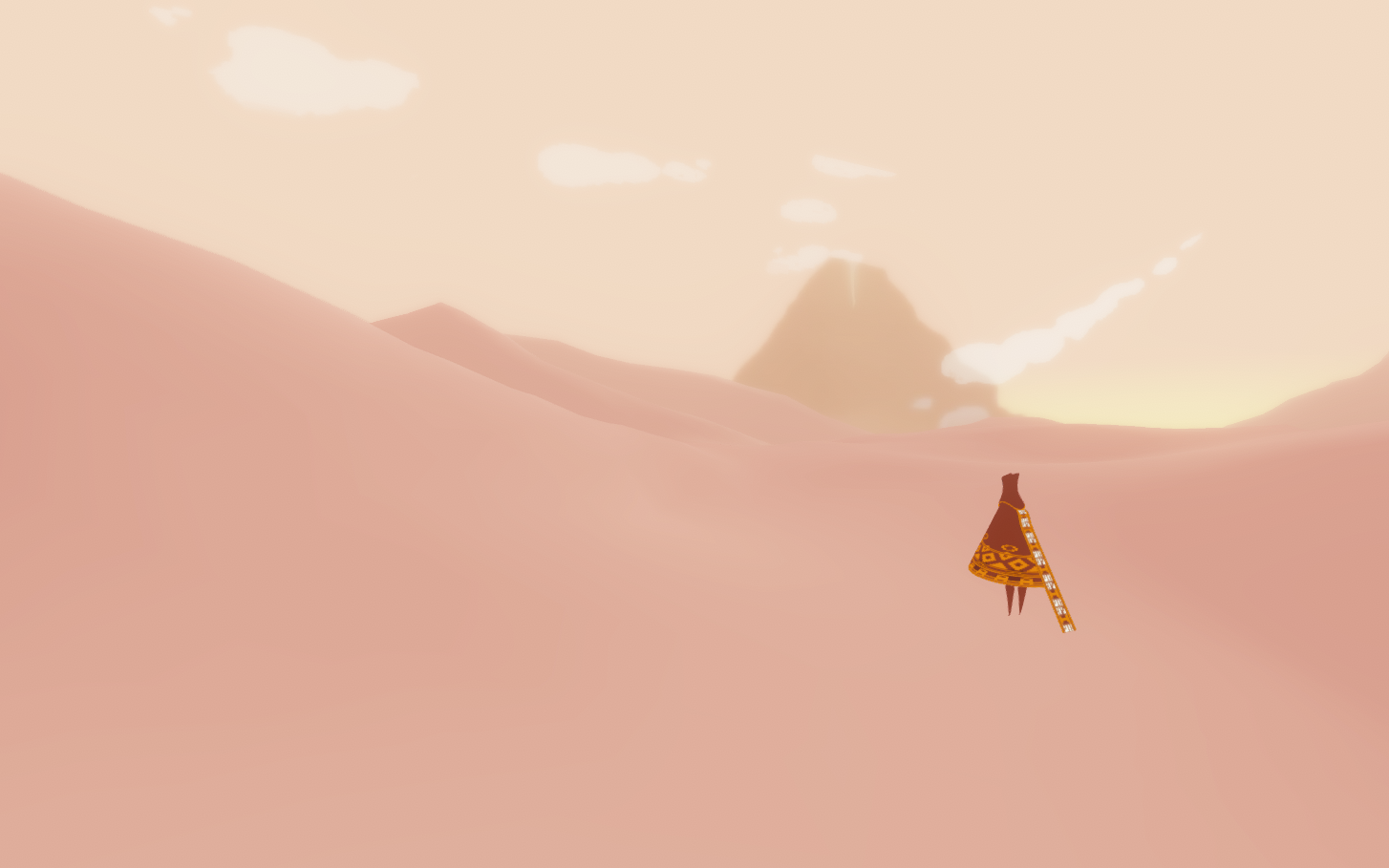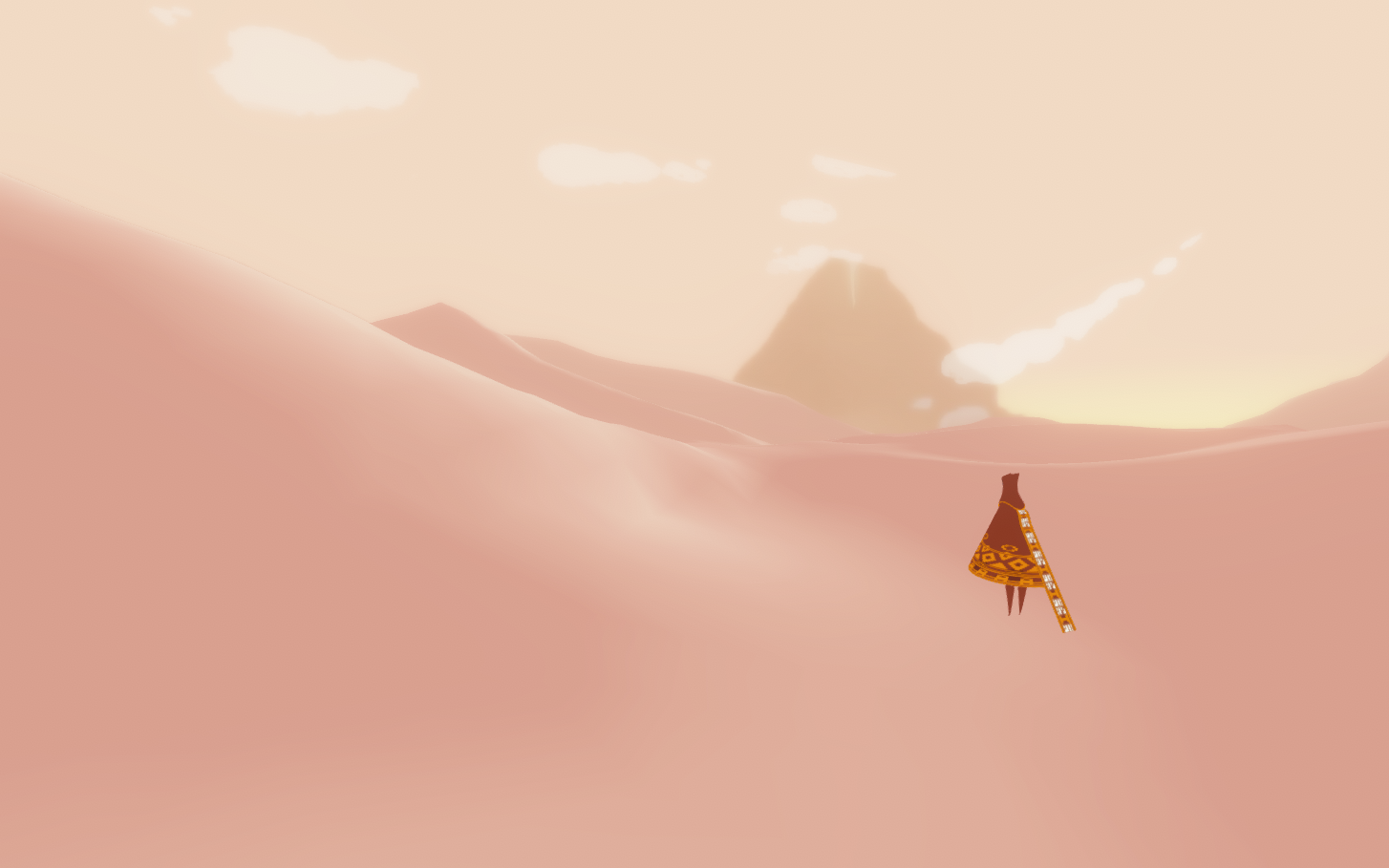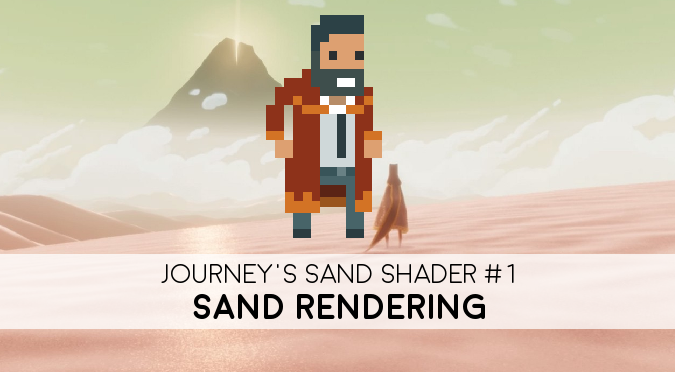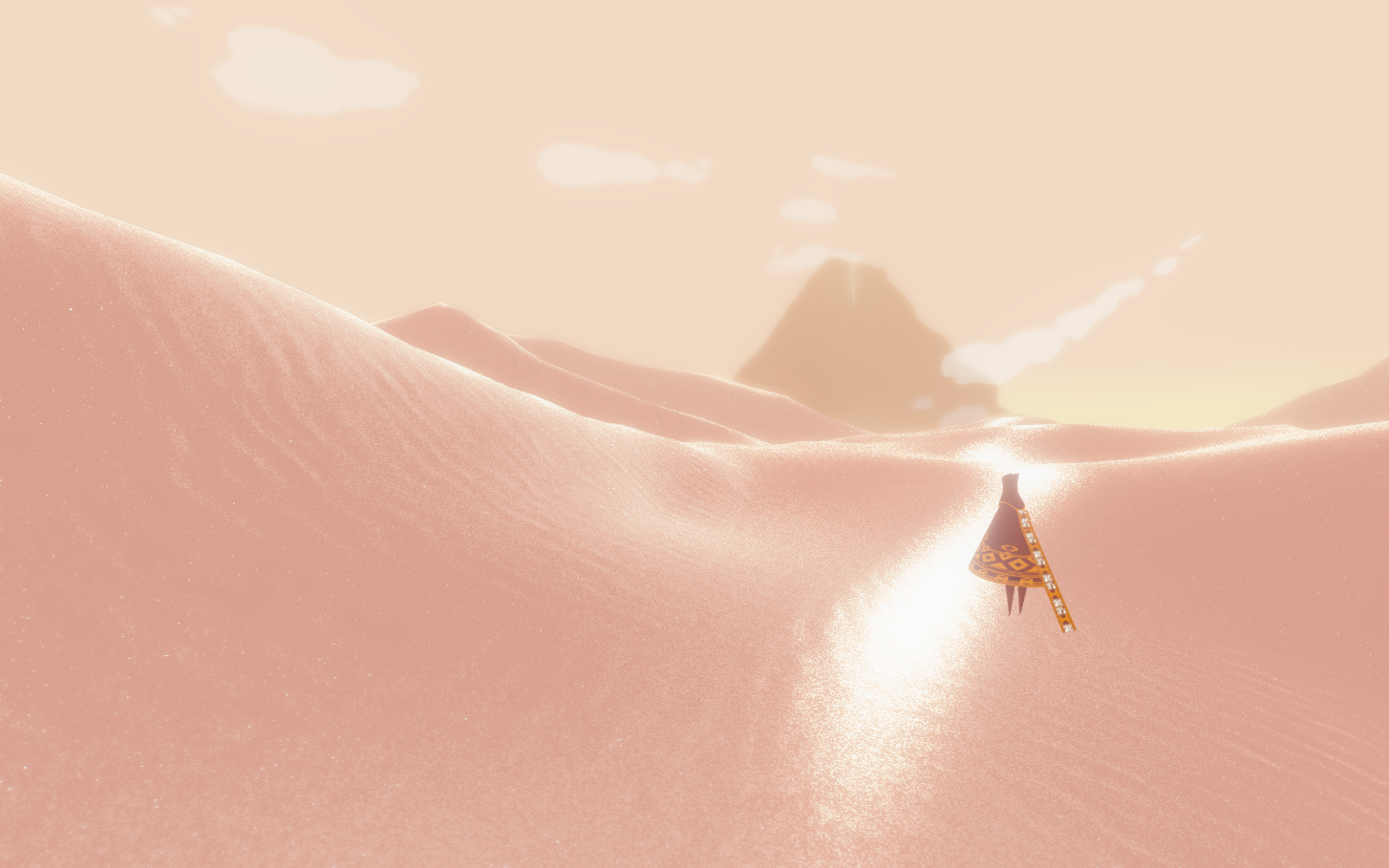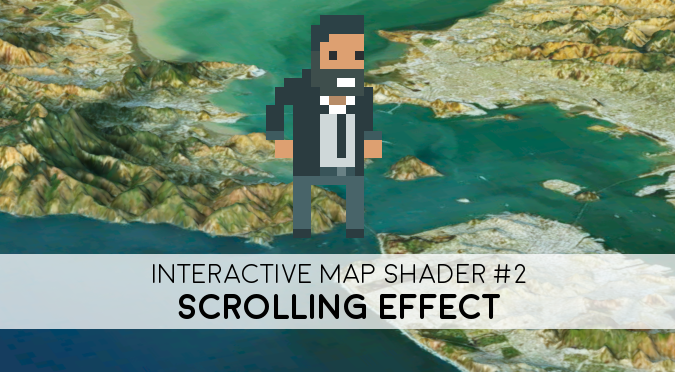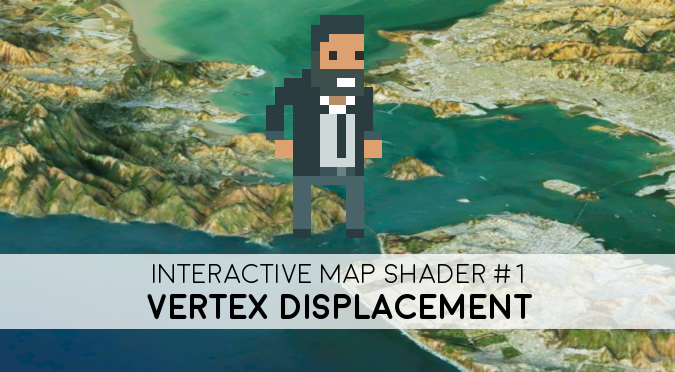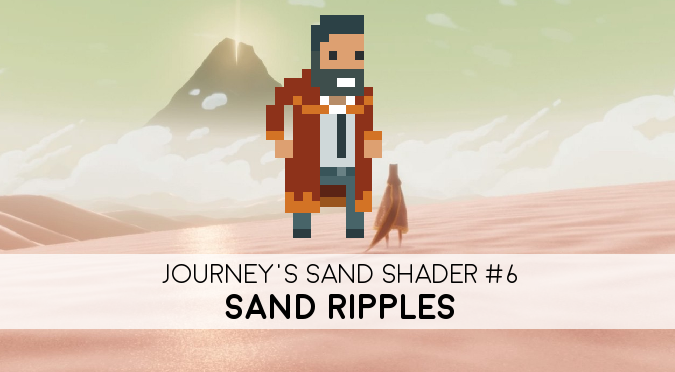
This is the sixth part of the online series dedicated to Journey Sand Shader.
- Part 1. A Journey Into Journey’s Sand Shader
- Part 2. Journey Sand Shader: Diffuse Colour
- Part 3. Journey Sand Shader: Sand Normal
- Part 4. Journey Sand Shader: Specular Reflection
- Part 5. Journey Sand Shader: Glitter Reflection
- Part 6. Journey Sand Shader: Sand Ripples
In this final post, we will recreate the typical sand ripples that appear due to the dune-wind interaction.

